 Jeżeli ryby nie chcą brać, wędkarz powinien ich poszukać. W miarę częste zmienianie miejsca decyduje o sukcesie także podczas łowienia z wybrzeża morskiego.
Jeżeli ryby nie chcą brać, wędkarz powinien ich poszukać. W miarę częste zmienianie miejsca decyduje o sukcesie także podczas łowienia z wybrzeża morskiego.
Brzegowe wędkarstwo morskie ma w sobie coś statycznego – obładowani sprzętem wędkarze kierują się na wybrane wcześniej miejsce na plaży, montują sprzęt i trójnogi, a następnie z godną podziwu cierpliwością czekają na to, co ma być. Nawet jeżeli nie biorą im żadne rozsądne ryby, to i tak uparcie nie zmieniają swojego łowiska nawet o metr. Właściwie niby dlaczego? Przecież aktywne wędkowanie jest o wiele skuteczniejsze! Oto przykład. Klasyczne dzikie wybrzeże Bałtyku; trochę kamieni na dnie, trochę roślinności, kilka piaskowych ławic – urozmaicone i dość obiecujące łowisko, a mimo to nie każde miejsce na brzegu jest tak samo dobre. Ostatnio przekonaliśmy się o tym razem z kolegami na własnej skórze. Zarzucamy w odstępach od pięciu do dziesięciu metrów sześć wędek i czekamy. Wkrótce zaczyna się „zabawa”. Na pierwszą wędkę z prawej łowi się dublet – dorsz i flądra, a potem już więcej nic. Na wędkę zaraz obok regularnie biorą tylko niewymiarowe dorsze. Wędzisko numer trzy przez cały czas milczy jak zaklęte, natomiast przynętami na kiju numer cztery co jakiś czas interesują się nie za duże miętusy. Za to dwie ostatnie wędki z lewej przez cały czas nie dają ani na chwilę odpocząć mojemu koledze. W regularnych odstępach czasu na brzegu lądują dorsz za dorszem, w tym także kilka sztuk, którymi można się już pochwalić. Ryby biorą na świdraki. W nadziei, że i mnie trafi się w końcu jakaś nadająca się już do filetowania ryba, przerzucam moją „niełowną” wędkę z lewej strony wędzisk tak skutecznego dziś kolegi. I co się dzieje? Ani jednego brania dorsza! Jedyne co udaje mi się złowić, to półkilogramowa flądra. Też nie najgorzej. Trochę podpalony przenoszę się z moją drugą wędką na „lewe skrzydło”. Drugi kolega robi to samo. Niestety nas dwóch dorsze zupełnie ignorują. Łowimy za to cztery piękne flądry. W chwilę potem było już po braniach. Do świtu bez zmian – ani jednej sensownej ryby. Zrobiło się już widno. Postanawiam łowić trochę aktywniej. Koledzy „wypożyczają” mi po jednej wędce i łaskawie zgadzają się, abym popracował trochę na ich konto. Sami zostają na miejscu. Zaczynam przerzucać wędki przestawiając je jak na karuzeli. Gdy na wędce z prawej strony przez piętnaście minut nic się nie dzieje, zwijam ją, przechodzę trochę dalej i zarzucam z lewej strony pozostałych wędzisk. Przez cały poranek spędzony na plaży udaje mi się w ten sposób złowić ponad dwadzieścia dość ładnych ryb flądrowatych. Dwie flądry były naprawdę imponujących rozmiarów.
Łowienie z plaży
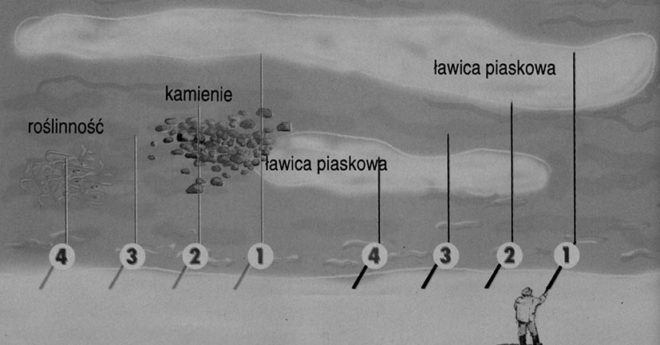
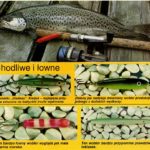
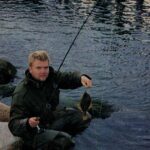
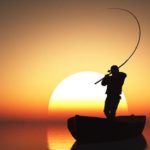
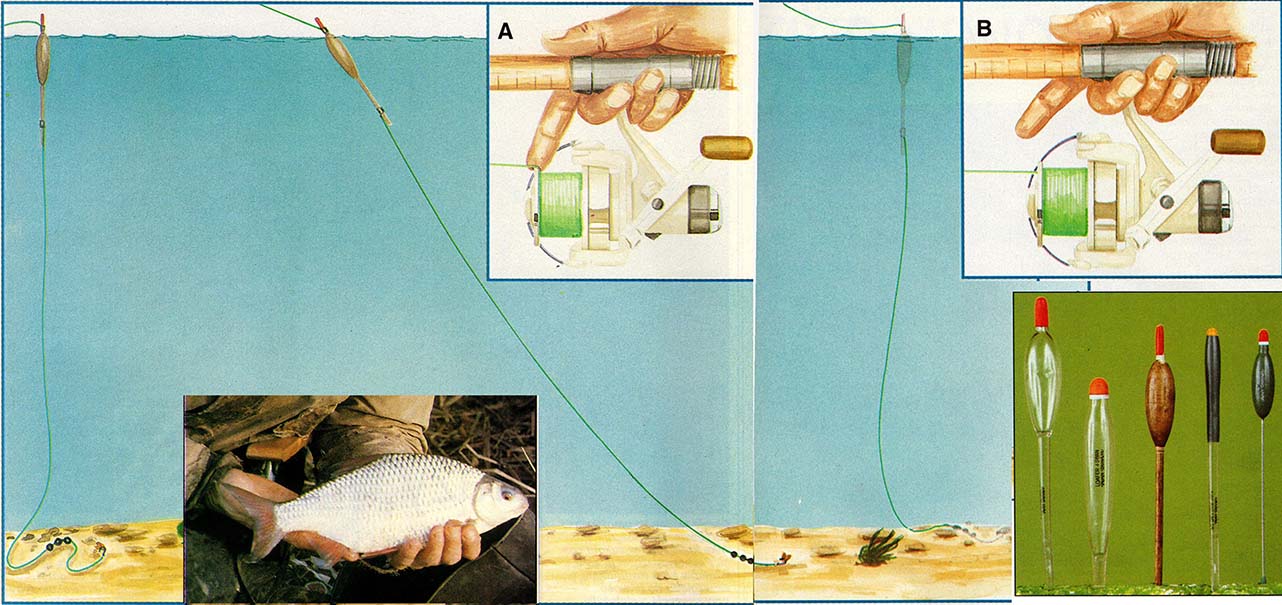
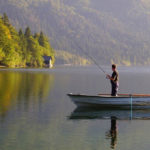

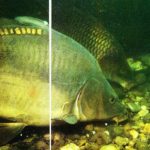
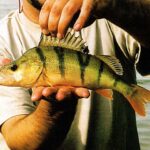

Wybieram się jutro nad morze, sprawdzę tą metodę z przestawianiem i dam znać jak to u mnie zaskutkowało.
Wiktor już chyba nie wrócił z plaży…
Teodor daj Wiktorowi jeszcze rok może wróci ?